Media | Articles
New, used, well-used, or vintage?
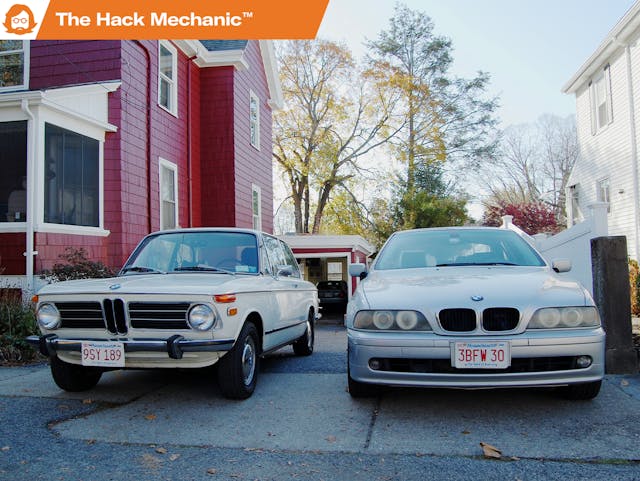
My sister and I drove down to Long Island (New York) last week to see an old friend. While I normally wouldn’t have qualms about taking my generally well-sorted 220,000-mile 2003 BMW 530i stick sport, the car recently developed a quirk where, in cold weather, it misfires during start-up and warm-up. The Check Engine light usually clears simply by restarting the engine, but I wouldn’t want to be in a situation where it keeps misfiring and I knowingly drove the car that way hundreds of miles, as the unburnt fuel is bad for the cylinder walls and the catalytic converter. I haven’t yet had the chance to swap out whichever stick coil is bad, and my wife needed her 2014 Honda Fit, so I asked my sister if we could take her car, a 120K-mile 2012 Honda Civic.
Now, my sister is about the kindest person on the planet and would never even consider a retort such as “What, none of Mr. Hack Mechanic’s fleet of cars will make the trip?” My readers, of course, might not all be so genteel. Even our old friend on Long Island quipped, when we pulled up in the Civic, “Why didn’t you drive one of your fun cars?” So, before I get peppered with barbs from the peanut gallery, I thought I’d write something that’s been banging around in the mental bin for a while about the tradeoffs between driving new, used, well-used, and vintage cars.
New Cars: When you buy a new car, you’re paying for technology, safety, smoothness, quiet, and other things, but for many people, the primary reason for the purchase is the peace of mind generated by reliability that comes with newness. Maybe the repair bills on their old ride convinced them that it was time. Or worse, maybe the car died on them, and the whole aura of trust was punctured. Whatever the reason, buying a new car is a massive exercise in choice—propulsion (gas, electric, or hybrid), body style, make, model, options, and financing. Plus, of course, these days fewer and fewer people actually buy new cars. Many folks lease, in which case you’re paying for “ownership experience”—manufacturers want you to have a trouble-free four years and 48,000 miles, turn the car in at the end, and then lease something else from them. If you can afford this, there’s nothing wrong with it, but between the purchase, the sales tax, the monthly payments, the insurance, and depending on the state you live in, the annual excise taxes, new cars are bloody expensive.
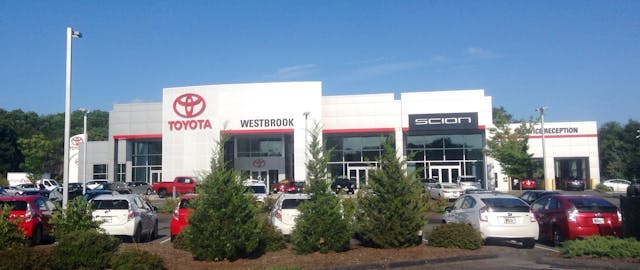
Lightly Used Cars: Of course, really, I’m the last person who should be saying anything about new cars, as I’ve never bought one. For my wife and family, I had a series of quasi-responsible five-ish-year-old 60K-ish mileage cars that I sold when they got too needy, or began rusting, or I saw desirable safety features like ABS becoming attainable in the used market. But when my wife began driving more for her business, I did the responsible thing and bought something much newer—a two-year-old 2014 Honda Fit with 7K miles on the odometer, well-priced due to a rebuilt title (a curb strike that dragged along the floor pan was enough to total it). Seven years later, the Honda has been everything it was supposed to be—I’ve done nothing to it other than oil, tires, brake pads, and a battery. It now has 70K on it, which makes it due for a timing belt. The Fit’s rebuilt title notwithstanding, in general, when people talk about buying used cars, this is the kind of thing they usually want—something where the previous owner has paid for the depreciation, but the car is still in the sweet spot of not needing money thrown at it regularly.
I’ve written multiple articles about what I call “The Big Seven” things likely to strand a car (fuel delivery issues, ignition issues, cooling system issues, charging system issues, belts, clutch hydraulics, and ball joints). I originally meant it to refer to vintage cars, but the first five apply equally well to modern daily drivers. A car may not need attention in any of these areas within the first 100,000 miles—like our Honda Fit, it may need nothing more than oil, tires, brake pads, and a battery. But eventually parts in these five systems start to go, and when they do, they cause a running car to wind up dead in the breakdown lane, which is no fun at all. I’ve written about how one would think you can address this proactively by replacing parts like the fuel pump, water pump, and alternator before they break, and how that’s challenging because of the declining quality of many OE, OEM, and aftermarket parts these days—that is, you might well be removing a perfectly-functioning high-quality part and replacing it with something inferior. Even if the car never strands you and instead you’re gobsmacked by a couple of thousand-dollar repair bills for brakes, shocks, and exhaust, selling a car when it reaches this point is not an unreasonable decision for most people.
Marketplace
Buy and sell classics with confidence
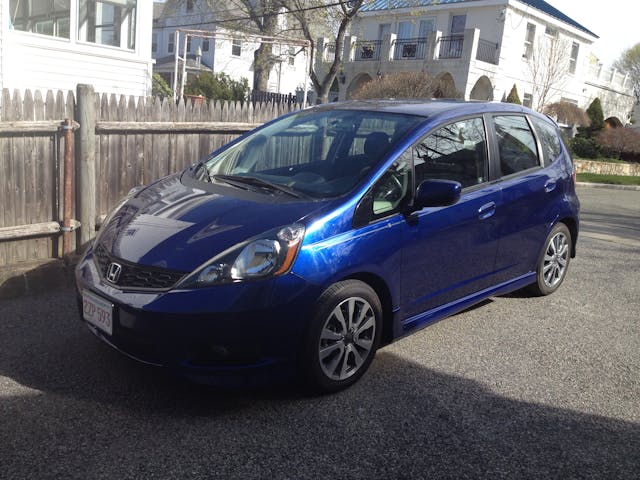
Well-Used Cars: As far as what I drive, everything automotive I’ve done for the last 40 years has been enabled by a) having a short commute that allowed me to drive back and forth to work in just about anything that started and lumbered under its own power, and b) being able to fix it when it broke or was about to. I can count on one hand the number of times I’ve had to paid someone to fix one of my cars. OK, maybe on seven fingers. This in turn allowed me to buy cars that would’ve normally been outside the envelope of what I could afford but were within my grasp because they needed work and I could fix them. Over the years, this morphed into owning multiple interesting cars. I mean, why have just one cool-but-needy car when you can have two or three or five or eight or 13?
This takes us into a vehicle category that’s distinct from the lightly-used cars I was buying for the family. The cars I’ve generally bought for myself to daily drive have been closer to “used up” than merely “used”—cars that are cheap because they have 150,000–200,000 miles or more and are in immediate need of repair either to be roadworthy or to pass inspection or both. The 2003 BMW 530i I bought nearly eight years ago and am still daily driving is a perfect example. It had reportedly been sitting for a year and a half because it wouldn’t crank with a jump-start. The seller thought it either needed a starter or had some electrical issue, but I came down with a fully-charged battery, dropped it in, and the car started and ran fine. The Check Engine Light was on, but this turned out to be due to a small rotted section of rubber evaporative control line. Of course, the car did have 180,000 miles on it and needed brakes from sitting. And when you buy a car with that kind of mileage, if you don’t know its repair history, you ignore the first five of “The Big Seven” at your peril. And, of course, on high-mileage cars, there’s the usual cavalcade of bad CV joints, burned-out cooling fans, broken window regulators, on and on. I was a bit slower on the uptake than I should’ve been—a dying fuel pump nearly stranded me, and a bad alternator did strand me—but since sorting it out, I generally feel good about distance driving the car. Even still, not having had the chance yet to replace an intermittent ignition coil throwing a misfire code, taking my sister’s 10-years-newer, 100K-fewer-miles Civic to New York seemed a better bet.
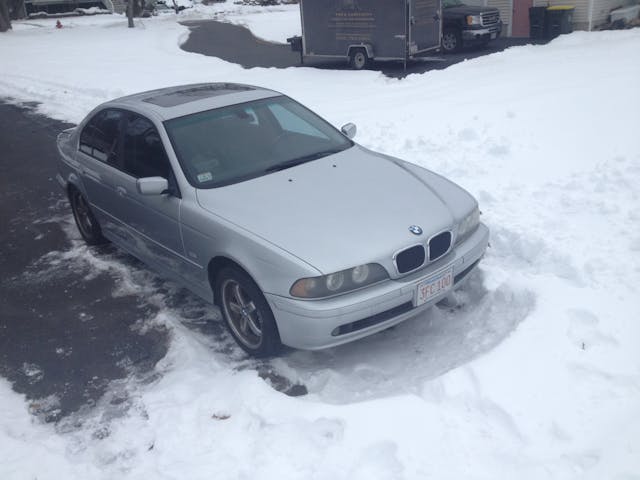
Pre-OBD-II but Not Yet Vintage Cars: There’s a roughly 20-year period between the last of the simple pre-emission-control carbureted cars and the rollout of standardized onboard diagnostics. The so-called OBD-II system on every car sold in America since 1996 allows you or a mechanic to plug in a universal code reader, providing quick and easy diagnostic reporting of many engine management components. Yeah, it’s more complicated than that, as there’s a distinction between the federally-mandated universal emissions-related codes and the manufacturer-specific ones, but still, plug-in diagnostics are a good thing, as the amount of electronics and sensors in cars has increased dramatically over the years, and getting a code that your air-flow sensor is bad is generally quicker and easier than trying to test individual components. The not-so-good thing is that OBD-II has created a generation of mechanics who can’t troubleshoot without plugging in a scan tool. Some cars of this in-between era have an arcane magic-decoder-ring-like system where you turn the key to ignition, mash the gas pedal a specific number of times, count the flashes of a small indicator light on the dash, and look the result up in a table, but the average repair shop certainly isn’t going to know about it. So if you own a fuel-injected car built between the mid-1970s and 1995, and it sputters and dies on a road trip, and the problem isn’t the fuel pump, and there’s not a known repair shop that specializes in that marque within easy towing distance, you may have trouble getting it repaired on the road.
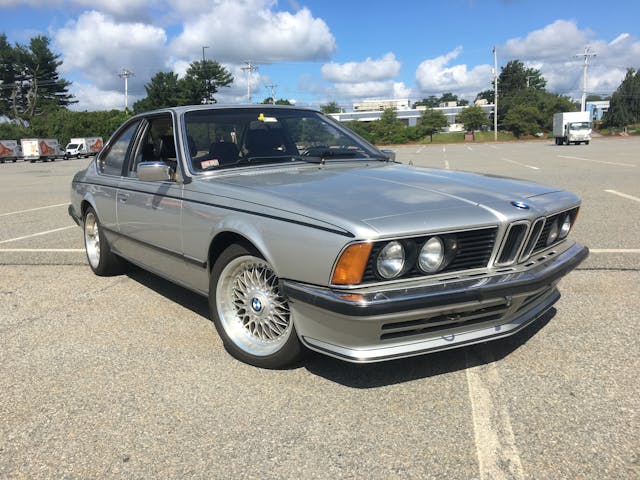
Vintage Cars: For the sake of this discussion, I’ll define “vintage cars” as anything carbureted. Obviously the big appeal of classics is the design aesthetic of the unique shapes of pre-wind-tunnel cars before aerodynamics forced them to all look alike, as well as the attractiveness of small chrome bumpers before the D.O.T. instituted 5-mph impact standards, the period-correct interiors, and the utter simplicity of pre-smog engines—where if the car sputters to a halt, you can easily diagnose the problem as gas or spark, and likely repair it in a few minutes if you have a screwdriver, a spare set of points, a condenser, and a fuel pump in your trunk.
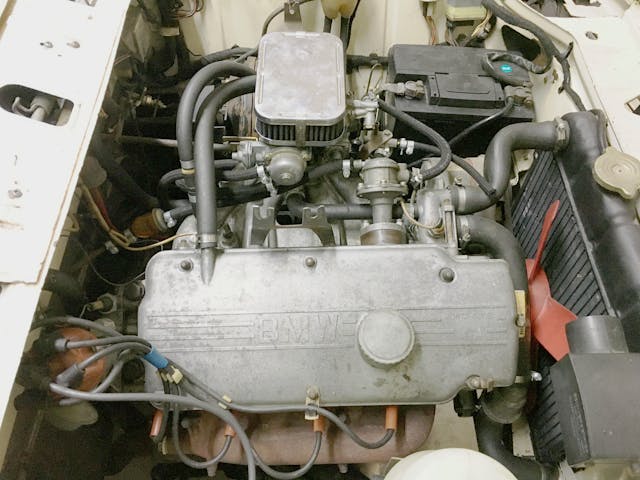
But the downsides of daily-driving a vintage car are substantial. Last year I wrote a piece about the pros and cons of daily-driving a classic. I may proselytize about “The Big Seven,” but on a 50-year-old car, other things can happen. Head gaskets can blow, brake calipers can seize, wheel and driveshaft bearings can begin howling, and on and on. These generally are acceptable risks when you’re pleasure driving the car on weekends or taking it on its twice-yearly road trip to events, but when you subject an old car to all the vagaries of daily-driven life, make no mistake, you’re using it as a consumable, and it will eventually require a body and mechanical refresh.
It’s your car, and you should drive it however you want, but there are certain realities that simply can’t be avoided. If you live in a snowy climate, particularly one where they salt the roads, the car is going to rust quicker than you can say dreikugelförmige brennkammer. Driving it regularly in the rain is likely to rust it as well. Parking it on city streets will likely render it unrecognizable in a matter of months due to dents and vandalism. And there’s no getting around the fact that it’s 50 years old. Wind noise and climate control in vintage cars, even rejuvenated ones, is typically much worse than even a 200K-mile 20-year-old car. The same can be said about creaks, rattles, thunks, clunks, and groans from the body and interior. And the combination of cold-weather starting and warm-up, drivability, power, and fuel economy usually can’t hold a candle to a modern fuel-injected car. Even if you live someplace temperate, it takes a special bond between owner and car to genuinely enjoy daily-driving a classic—commuting, trips, everything—over a span of time.
The safety side of dailying a classic is a complicated issue. Personally, I think that short of playing dodgeball with trucks by driving an 800-pound microcar at 40 mph on interstates, binary labels like “safe” or “unsafe” are misleading, and instead it’s a continuum of shades of gray. Most cars didn’t receive engineered crumple zones until about the mid-’90s, but that’s not going to keep me from road-tripping my 1970s-era BMWs. However, I’d never drive without seat belts and integrated shoulder harnesses. Regarding airbags, despite the popular “No airbag, we die like real men” bumper stickers, steering-column airbags were originally designed to protect unbelted passengers, so I don’t think it’s suicidal to drive a non-airbag car provided you’re properly belted. I’ve relaxed my opinions about non-ABS cars, as the fact that the main advantage of ABS is you can steer while your foot is planted on the brake pedal is most applicable in slick conditions, and I usually keep my vintage cars out of them. However, when it does rain, the combination of the lack of ABS, traction control, and a modern multilink suspension, along with an old, pitted windshield and wipers that move at the speed of a sloth, can make driving a vintage car pretty harrowing, particularly in stop-and-go highway traffic.
So, yeah, I drove my sister’s Civic when I wanted an uneventful 500-mile round trip from Boston to Long Island. I drive my 1970s BMWs when I want an eventful 2000-mile round trip to the vintage car festivals I attend on the East Coast. I can live with the dichotomy and the shame.
***
Check out the Hagerty Media homepage so you don’t miss a single story, or better yet, bookmark it. To get our best stories delivered right to your inbox, subscribe to our newsletters.







I feel like I’ve straddled this line with my ’86 mercedes.
It’s pre-OBD, but it’s a mechanical diesel. It’s nearly 40 years old, but has a driver airbag and crumple zones.
The w126 is known for durability, but mine has 313k miles.
That being said, in the interest of preserving my southern-bought classic in the Canadian climate, I avoid driving it in the rain, let alone winter.
You really nailed it with this article! For our daily driver/long trip car, I like a 2-3 YO car with <50k miles. For newer cars, I don't like to keep them past 7 years — parts too expensive or NLA.
I have a similar bad habit to yours — I've restored a 74 Mercedes 450SLC, 99 SL500, 88 SL560, and 92 300CE. Unless you do the maintenance yourself, these cars are WAY too expensive to keep running — safely. I happen to enjoy the challenge of bringing them back to near-original condition, but it's becoming more difficult to find parts. Virtually all plastic and rubber parts on 30+ YO cars must be replaced. Most of them are NLA. Fortunately, there are places that specialize in rebuilding electronic modules (at least for Merceds), so that's not the biggest problem.
I have never had to do any internal engine/transmission work on any of the MB's–with 85k-200k miles. Mostly HVAC, power accessories, interior trim, electronics, etc. I did have to pull the trans out of the 300CE to have all the leaky external seals replaced.
Diagnosing and trouble-shooting can be a challenge, but user forums and YouTube are amazing sources of info.
That's along way of saying that I agree with your conclusions!
Rob, this column is an excellent comparison and summary of owning new, used, and vintage cars. I would not say daily, but I frequently drive my vintage cars (right now a 1973 2002tii and a soon-to-be-vintage 2001 330i) when the weather is good and I find it is such a joy. As you point out, the cars can be noisy from the wind, with “rattles, thunks, clunks, and groans from the body and interior.” Is that the smell of fuel? But the driving experience is so analog and connected. And the more regularly you drive the vintage cars, the more reliable they become as you (and my trusted mechanic) work out the issues.
I do have to remember to be an ambassador when strangers honk and wave or come up to you and want to talk excitedly about your car. It brings people joy to see these old vintage cars being driven.
The last new car I bought was in 1969, a BMW 2002, back when Americans thought “BMW” stood for British Motor Works. Still have it. It was my daily driver until 1999 when rust guilt overcame me and I did a cosmetic refurbishment. No more salty winters. I have do qualms about driving it (227k miles) or my 73 2002 (275k miles) from Ohio to events 4-500 miles away, or every day when there’s no road salt. Unless I want to drive my “new” car, a 91 318is.